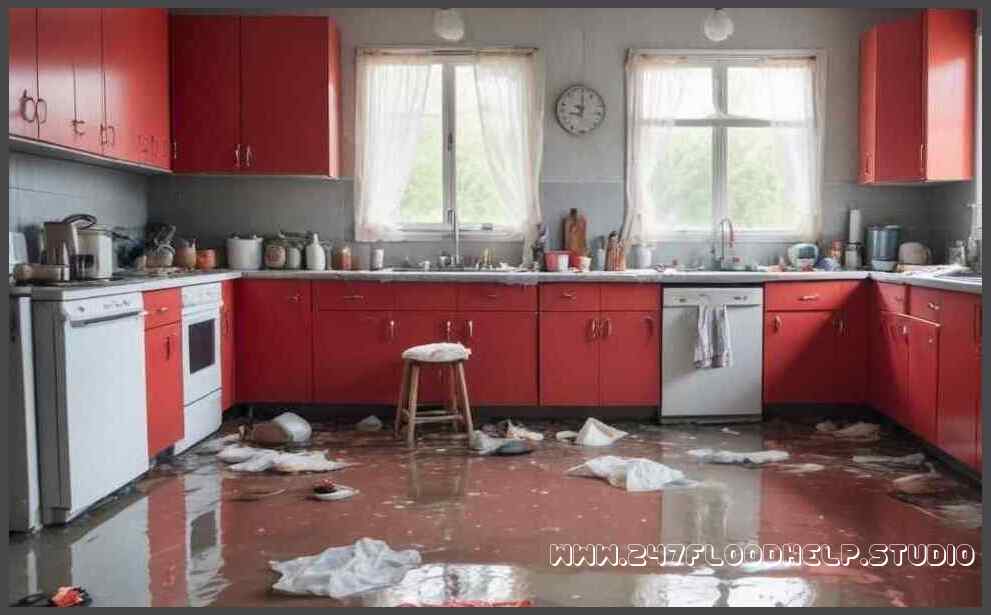
1. Conduct a Thorough Inspection:
Begin your investigation by examining areas prone to water ingress, such as basements, crawl spaces, attics, windows, roofs, or plumbing connections. Look for visible signs like dampness on walls or floors and inspect nearby fixtures or appliances that may be associated with leaks.
2. Check Exterior Factors:
Evaluate external elements that could potentially contribute to water infiltration such as damaged gutters or downspouts that allow rainwater accumulation near foundations; improper landscape grading that directs water toward buildings; deteriorated caulking around doors and windows; or cracks in exterior walls.
3. Consider Plumbing Issues:
Accurately assess all plumbing-related components including pipes (both visible and concealed), fittings, valves, faucets, toilets/seals as they may lead to hidden leaks responsible for indoor flooding.
4. Identify Roof Problems:
Carefully examine your roof's condition since it serves as a primary barrier against precipitation entering your premises. Inspect shingles/tiles for missing pieces or gaps; check flashing around chimneys/vents/skylights where leakage commonly occurs due to compromised seals.
5. Inspect HVAC Systems:
Heating Ventilation Air Conditioning (HVAC) systems can sometimes be another culprit behind unwanted moisture buildup if not adequately maintained over time leading condensation issues within ducts or faulty drainage pans connected with air conditioning units.
6. Understand Natural Disasters Impact
In flood-prone regions susceptible to hurricanes, heavy rains, or thawing snow, understanding the role of natural disasters is vital. Identify common vulnerabilities like cracked foundations and compromised drainage systems that can contribute to water infiltration during such events.
7. Consider Common Causes:
Bear in mind several other possible sources causing water damage, including burst pipes due to freezing temperatures; faulty appliances (e.g., washing machines, dishwashers) with damaged hoses or malfunctioning valves; clogged sewer lines producing sewage backups; or even simple human negligence like leaving taps running unattended.
Once you've narrowed down the potential sources and causes of water infiltration, seek professional assistance from a reputable water damage cleanup company. They have the technical expertise and industry-grade equipment required for effective restoration while minimizing future risks.
Remember - prompt action combined with preventive measures will save you substantial expenses in repairs while safeguarding your property against harmful mold growth or further structural impairment caused by prolonged exposure to excess moisture.